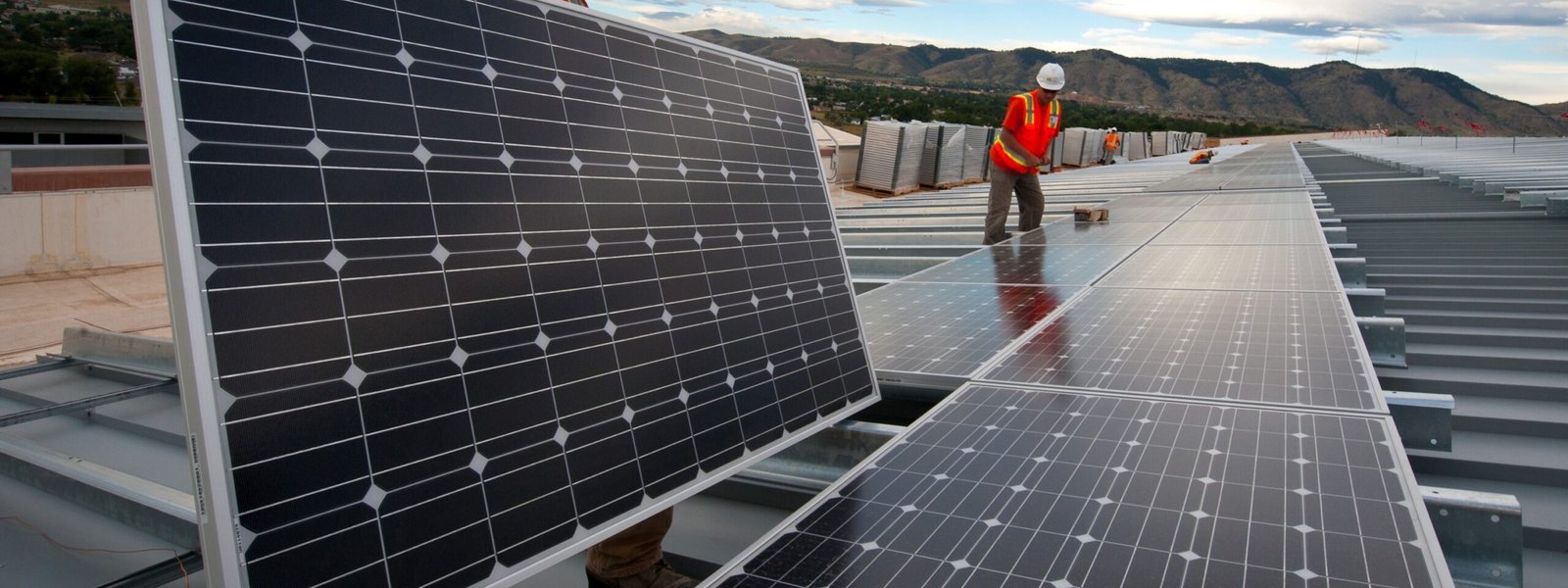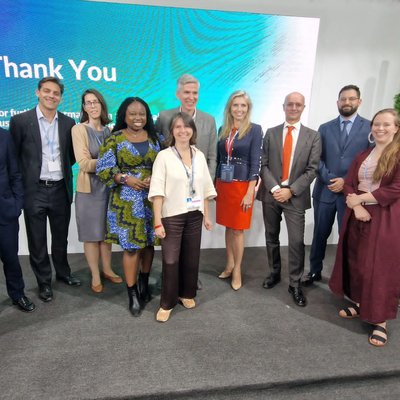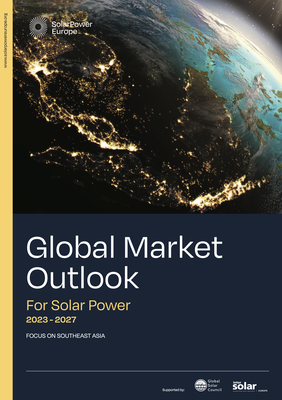While ambitious targets are important to set demand for solar power, it is equally important to consider how the industry can supply this demand in a sustainable and cost-effective way.
Currently, there is just over 1 TW of solar power capacity installed worldwide. By 2030, industry forecasts predict this will jump to nearly 8 TW. However, obstacles such as geopolitical sensitivities, availability and trade of critical materials, ESG considerations, and other trade challenges could become barriers to establishing the supply chain needed to meet this massive demand.
To ensure that low-cost solar power forms the backbone of the new energy system, governments should develop their own energy transition plans with clear solar-specific capacity deployment schedules, provide financial incentives and support local financing institutions to service the solar industry.
Significant efforts should also be made to create transparent, fair, and competitive solar supply chains that bolster national and regional industries, creating jobs and stimulating economic growth.
Building a diversified international supply chain that is robust is critical for adequately supporting the growing demand for solar globally.

Currently, there is just over 1 TW of solar power capacity installed worldwide. By 2030, industry forecasts predict this will jump to nearly 8 TW, and building a diversified, transparent, competitive, and fair international supply chain will be critical to meet this demand.
GSC's Work on Supply Chains
The GSC works closely with solar manufacturers and policymakers in countries across the world to foster collaboration and knowledge exchange to develop the supply chains necessary to meet demand sustainably and cost-effectively. We are also a partner of the Solar Stewardship Initiative to ensure high ESG standards are observed in the solar industry across the world

Want to get involved in our Supply Chain Workstream?
News and Resources
-
11 Nov 2022
COP27
Global Alliance for Sustainable Energy at COP27: Joint Position Papers Presented to Enable a Sustainable Value Chain

-
12 Nov 2021
Press Release
Full sustainability of the renewable energy value chain will drive rapid decarbonization of global economy

-
Resource
Global Market Outlook for Solar Power 2023–2027

![Global Solar Council [logo]](/static/images/gsc-logo-horizontal.svg)
